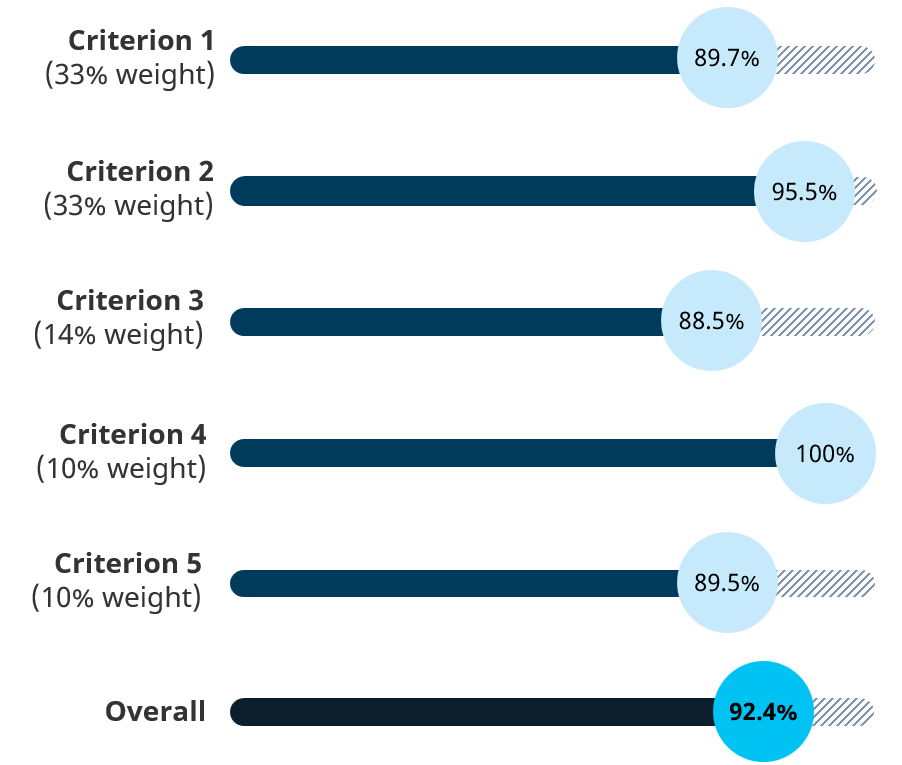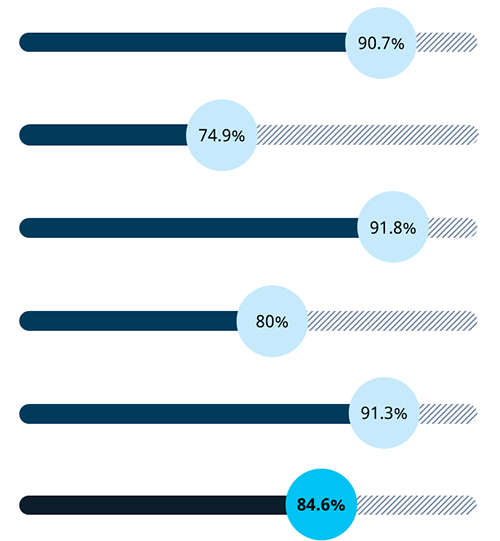Integrated strategy for human resources and pay
Feasibility project
We continue to evaluate the Dayforce human resources (HR) and pay solution. The most recent phase in this effort was a feasibility project, a rigorous evaluation of the Dayforce solution’s potential as a replacement for both the government’s pay system and a significant number of the HR systems in use across the Government of Canada.
This work builds on the 2024 Final Findings Report. It moves from the question of whether Dayforce is a viable solution, to assessing how confident we are about the feasibility of implementing Dayforce across the government. We published our findings in a Feasibility Report.
The Feasibility Report outlines the findings, criteria, and results of the feasibility assessment. The project addressed items that were unknown at the time or out of scope. We did further design, testing, validation, and costing to confirm that it is feasible to transform HR and pay. This includes deploying the Dayforce solution across the government. We carried the feasibility project to ensure:
- The system will be ready
- The Government of Canada will be ready
- There are solutions to all identified issues and that those issues can be resolved before Dayforce goes live
On this page
Feasibility criteria
The feasibility project was structured around 5 criteria. The Treasury Board of Canada Secretariat (TBS) established these criteria to test and show that the solution is feasible before moving forward. The criteria are:
Criterion 1
Prove the system can meet the Government of Canada’s full requirements. Assess vendor capabilities and functions from the Final Findings Report.
Criterion 2
Demonstrate that the Government of Canada can operate the system once in production (including managing its data).
Criterion 3
Prove that the Government of Canada can successfully onboard federal departments and agencies to a new HR and pay system.
Criterion 4
Demonstrate the full lifecycle costing for the program.
Criterion 5
Prove the Government of Canada can streamline its operating model and make things more simple for users.
Feasibility results
The feasibility project’s activities were individually assessed for both their level of completeness and the quality of the results. These assessments were then compiled to assign each of the 5 criteria a score for each measure.
Completeness
This reflects what share of specific activities were finished on time. For example, "sufficiently complete" would indicate that a workstream completed all critical parts or elements for its intended purpose.

Quality
This measure is based on professional judgement, lessons learned, available benchmarks, and the stated goals of the feasibility project.

Text description of feasibility results
Feasibility criteria & weight |
Completeness |
Quality |
|---|---|---|
Criterion 1 |
89.7% Sufficiently complete |
90.7% Excellent result |
Criterion 2 |
95.5% Fully complete |
74.9% Insufficient result |
Criterion 3 |
88.5% Sufficiently complete |
91.8% Excellent result |
Criterion 4 |
100% Fully complete |
80% Adequate result |
Criterion 5 |
89.5% Sufficiently complete |
91.3% Excellent result |
Overall |
92.4% Sufficiently complete |
84.6% Adequate result |
Recommendations
The project’s results indicate it is feasible for the government to move forward with the Dayforce HR and pay solution. The report recommends that the government continue investments over fiscal years 2025 to 2026 and 2026 to 2027. These investments will:
- complete the remaining work
- address gaps identified in the report
- finalize the development of the Dayforce solution
- prepare for a first wave of departments to use the new system
Next steps
Now that we are done the feasibility project, the Government of Canada confirmed its intention to replace the current Phoenix pay system and a significant number of HR systems with the Dayforce HR and pay solution. Over the next 2 years, the HR and Pay Transformation Project will finalize configuration and testing of Dayforce alongside other transformation readiness activities.
The transformation team will ensure the system and users will be ready for Dayforce. The team will work with the following groups:
- the vendor
- central agencies
- other stakeholders
Readiness timeline
Status of project milestones as of June 11, 2025 (publication of the Feasibility Report): Checkmark = Completed; Circle = To do
Phases |
Viability |
Feasibility |
Final build and testing |
Pre-implementation |
Implementation |
|---|---|---|---|---|---|
Milestones |
|
|
|
|
|
Timeframe |
June 2021 to March 2024 |
March 2024 to March 2025 |
March 2025 to July 2026 |
July 2026 to April 2027 |
April 2027 and beyond |
Any future decision to begin deploying Dayforce will only be made after we assess that department and agency is ready and meets certain conditions. If and when this happens, we will implement Dayforce in a phased approach that staggers the onboarding of departments.
We recognize the value of end-user feedback in ensuring readiness. The transformation team will continue to engage with employees through programs like the user awareness sessions.